From Mexico Cartel Safe House to US Streets: The Deadly Fentanyl Trade Targeted by Trump Tariffs
A fentanyl dealer from Los Angeles watches closely as a Mexican cartel operative prepares his latest shipment. The synthetic opioid is meticulously wrapped in foil, sealed in plastic, and then submerged into the fuel tank of an inconspicuous vehicle. The operation is carried out in a cartel-run safe house on the Mexican side of the border, a seemingly ordinary home in a quiet neighborhood. The traffickers work quickly and speak in hushed tones, wary of attracting attention.
Their business has become a focal point of international conflict. The White House has cited fentanyl smuggling as a justification for increased tariffs on foreign goods. Former U.S. President Donald Trump has vowed to escalate the fight against cartels, pledging aggressive measures to curb the flow of the drug.
The BBC gained rare access to the cartel's operations at the border and traveled to the U.S. to meet the end consumers, investigating whether the international crackdown has impacted the illicit drug trade.
The Cartel’s Foot Soldiers
The men at the safe house are lower-ranking members of a major cartel. As they load fentanyl pills into the car, some express moments of remorse, but one trafficker remains indifferent to the consequences of their trade.
"Of course, we feel guilty. But if I stop, it’s going to continue. It’s not my problem," he says, dismissing responsibility for the thousands of deaths the drug has caused.
The traffickers take precautions, carefully removing the back seat to access the fuel tank while ensuring no fuel spills, as the smell could raise suspicions at the border. The shipment includes 5,000 fentanyl pills, each marked with an "M." This is just a fraction of what Jay, the LA-based dealer, moves weekly.
"I try to get 100,000 pills a week," Jay explains. "I don’t send them in one vehicle. I spread it across different cars to minimize risk."
Despite Trump’s tough stance on drug trafficking, Jay remains unconcerned. "Last time he was in office, he tried to do the same thing, and it never happened. There’s always going to be demand. And where’s the biggest demand? United States. Lucky for us, we’re here at the border," he says with a smirk.
With fentanyl flooding into the U.S., the price has plummeted. A year ago, a pill sold for $5 or $6; now, it goes for just $1.50.
The Shift to Fentanyl
Mexican cartels have embraced fentanyl because it is entirely synthetic, unlike heroin, which requires opium poppy cultivation. It is easier to produce, transport, and smuggle. The drug’s potency—50 times stronger than heroin—has devastated American communities. Drug overdoses now outpace deaths from guns or car accidents in the U.S.
However, fatalities have recently declined, possibly due to increased availability of Naloxone, a drug that reverses opioid overdoses. Between October 2023 and September 2024, overdose deaths fell from 114,000 to 87,000.
To avoid harsh U.S. tariffs, Mexican President Claudia Sheinbaum has sent 10,000 National Guard troops to the border and arrested over 900 cartel members in Sinaloa, a key trafficking hub. In December, Mexico made its largest-ever fentanyl seizure—over a ton of pills. The country has also restricted imports of fentanyl precursor chemicals from China, forcing cartels to dilute their pills, making them less lethal.
At the end of February, Mexico extradited 29 cartel leaders to the U.S., including members of five major crime syndicates. Sheinbaum has also allowed the CIA to conduct increased drone surveillance over Mexican territory in search of drug labs.
The U.S. Response
Despite these efforts, cartels continue to smuggle fentanyl into the U.S., often using American citizens as couriers. Charlie, a trafficker with a U.S. passport, admits to making countless drug runs. When asked why, he responds simply: "I need the money."
Meanwhile, U.S. officials acknowledge that supply-side enforcement alone will not end the crisis. Derek Maltz, the interim leader of the DEA, warns that while the cartels are "narco-terrorists," America must also address its domestic demand for opioids.
The Human Toll
In Philadelphia’s Kensington neighborhood, one of the largest open-air drug markets on the East Coast, Rosalind Pichardo of Operation Save Our City documents each overdose she reverses in the back pages of her Bible. In six years, she has saved 2,931 lives using Naloxone.
She recalls saving a seven-year-old girl who had overdosed on fentanyl from her father’s drug stash. "I was livid," she says. The child was revived with two doses of Narcan.
Pichardo resents the stigma surrounding addiction and the "war on drugs" rhetoric. "Once there was heroin. Now there’s fentanyl. When fentanyl is gone, there will be something else. The market will always find a way to keep people addicted."
Across from Pichardo’s drop-in center, a young woman collapses on the pavement from an overdose. Pichardo rushes to her side, administers Naloxone, and revives her—just one more life saved in an epidemic that shows no signs of abating.


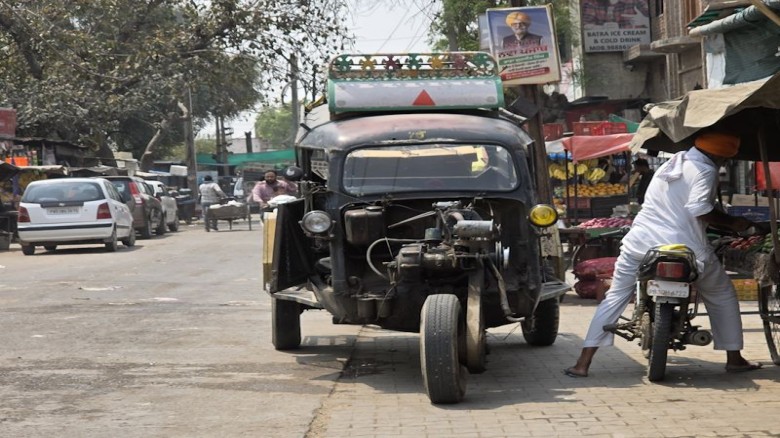

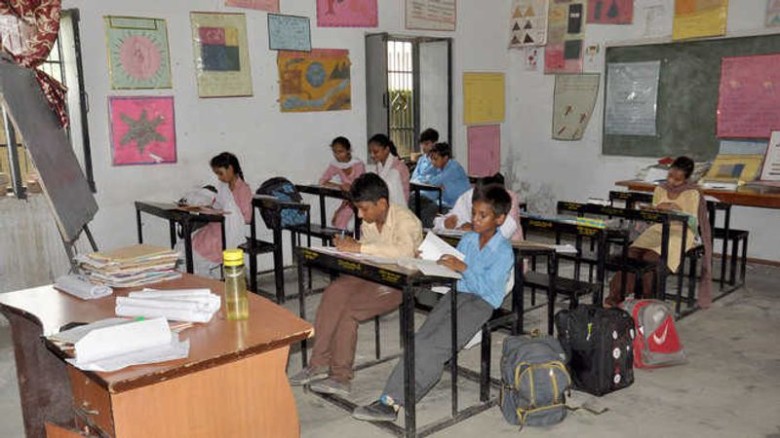
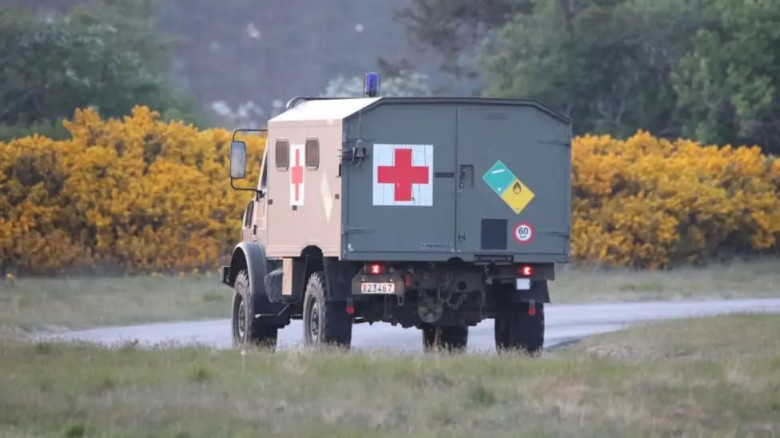
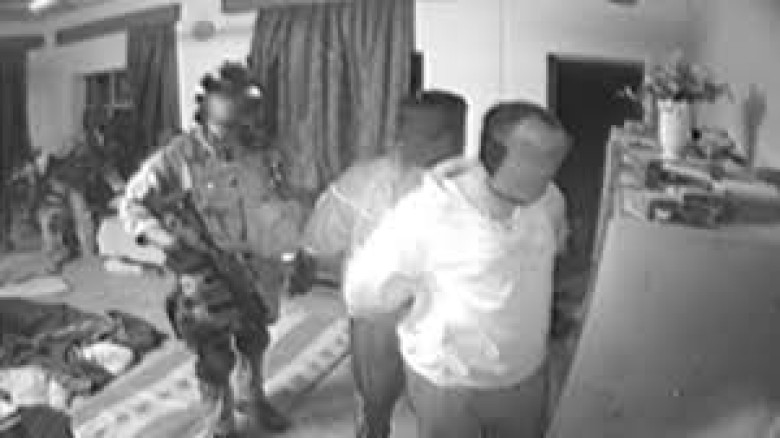

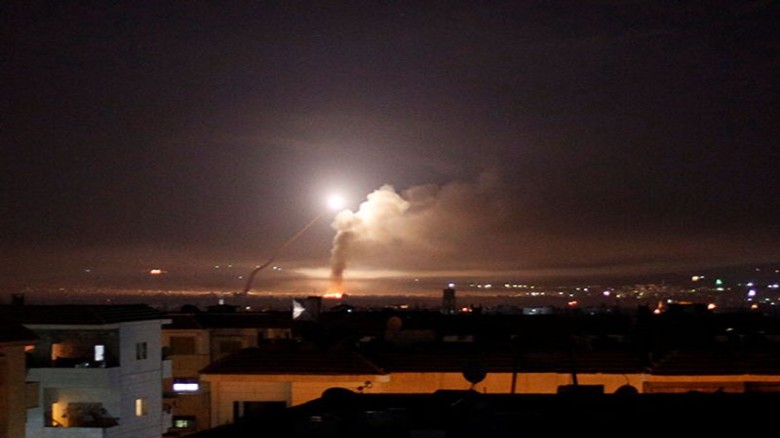


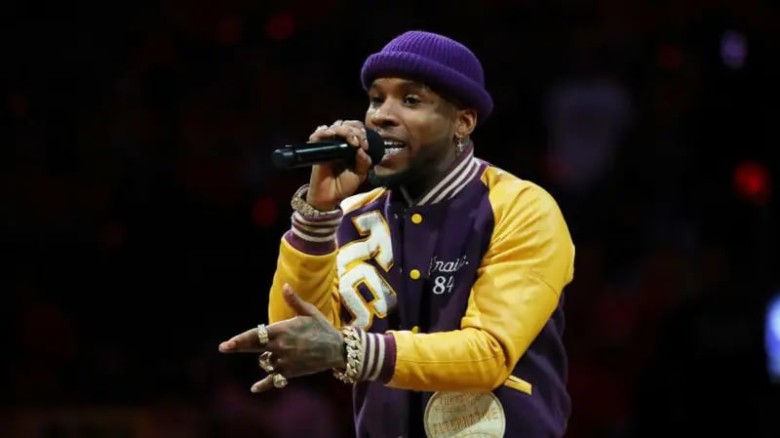


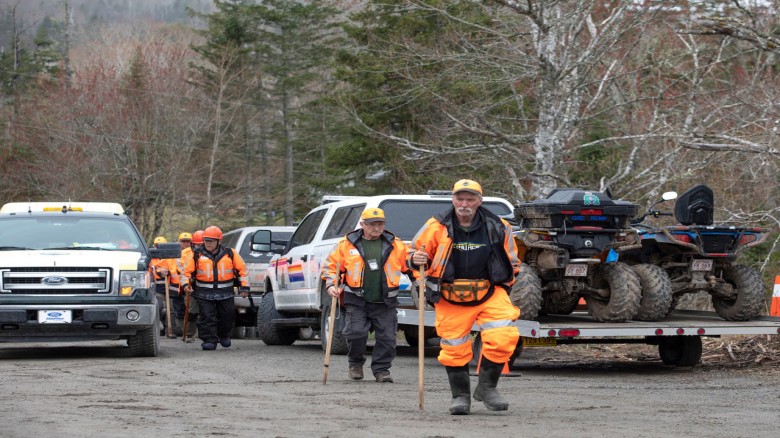




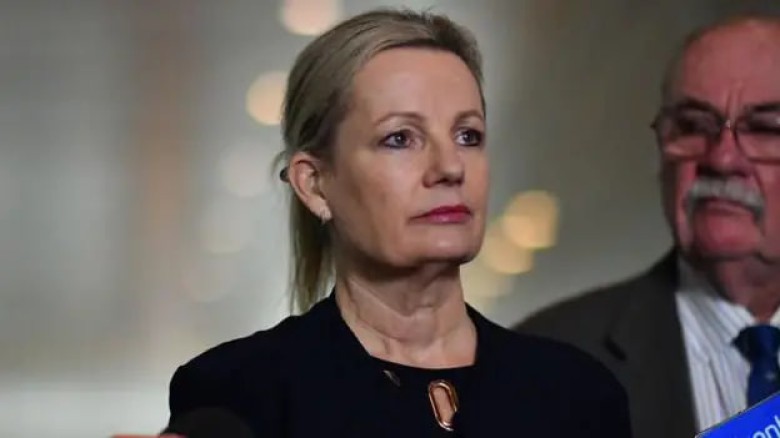
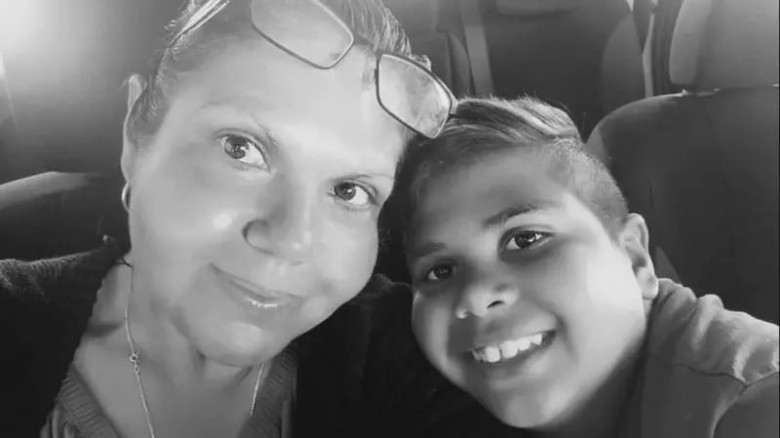
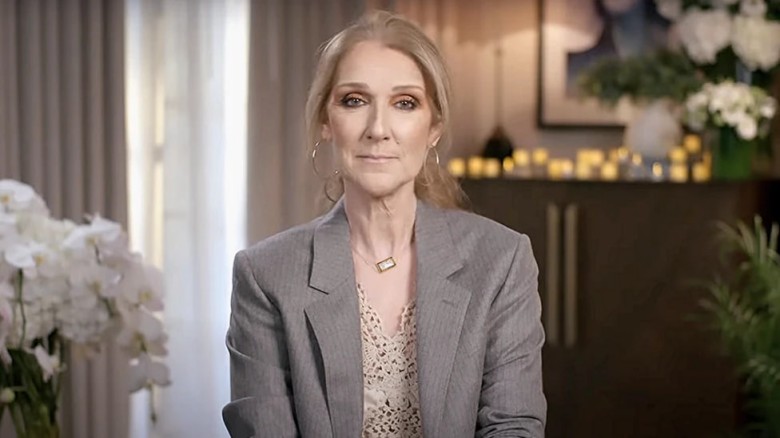



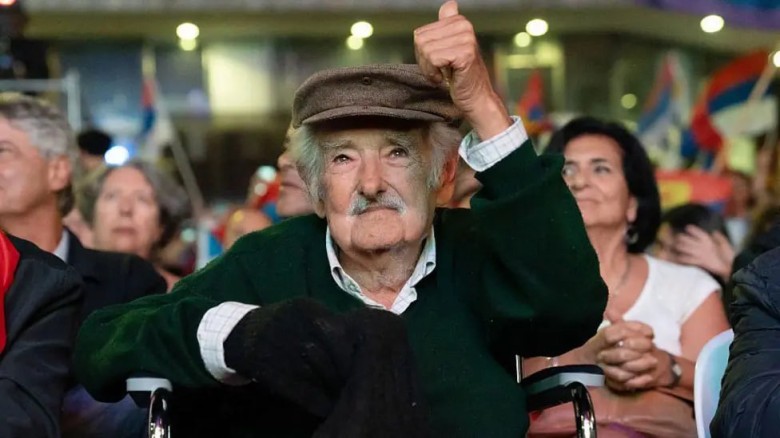
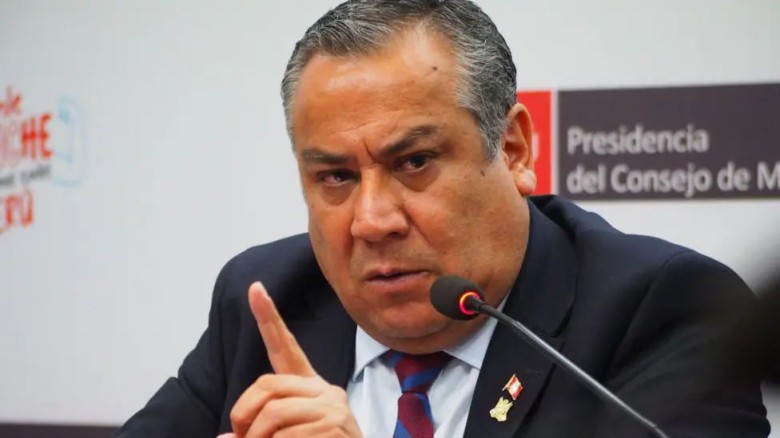

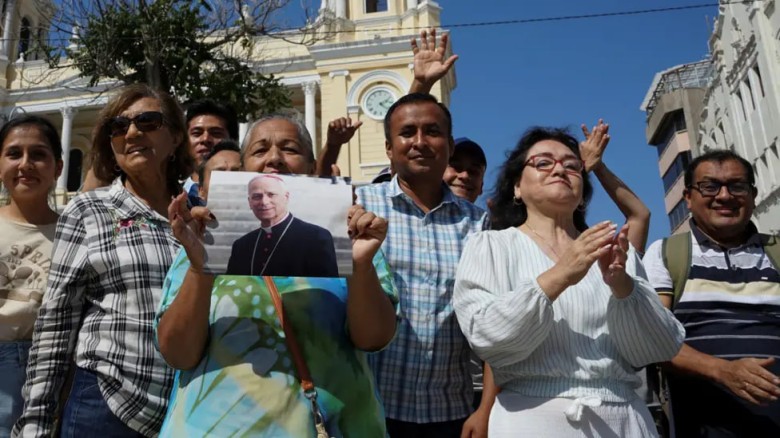


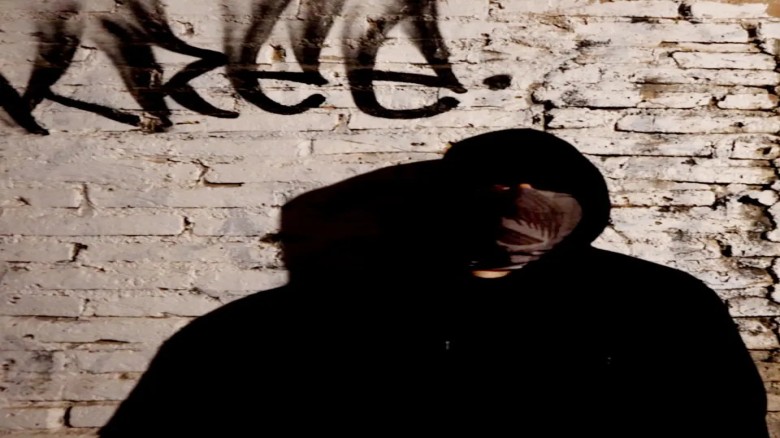
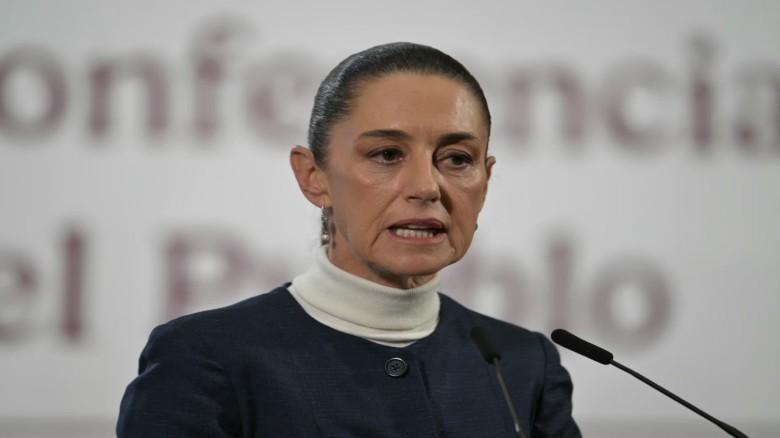
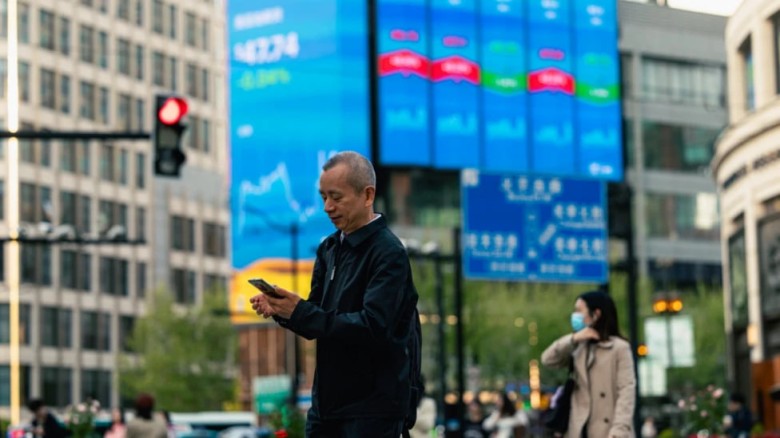
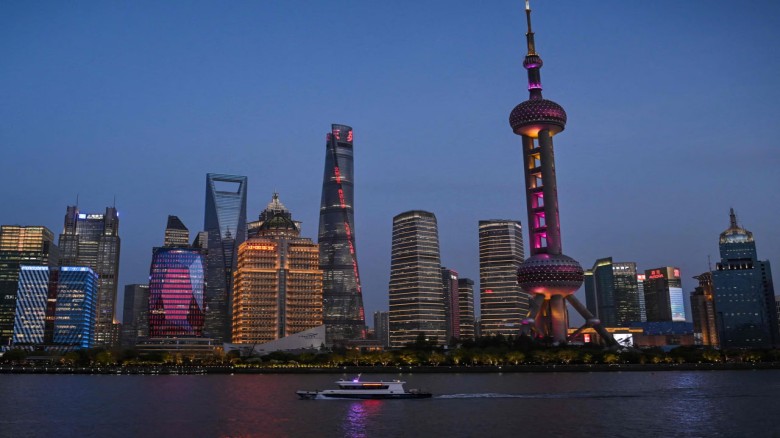
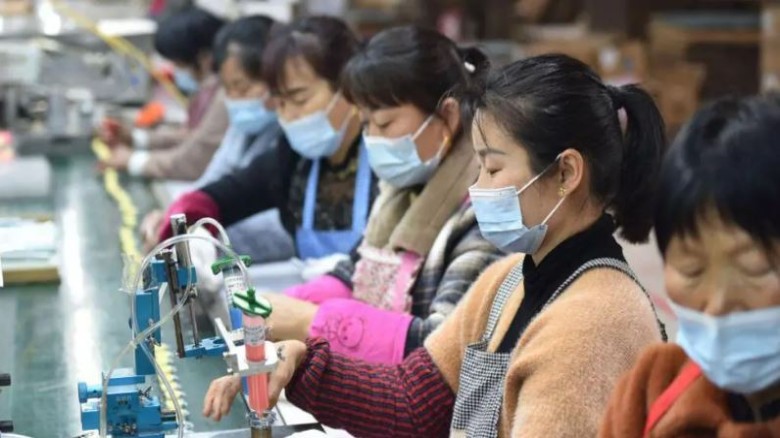
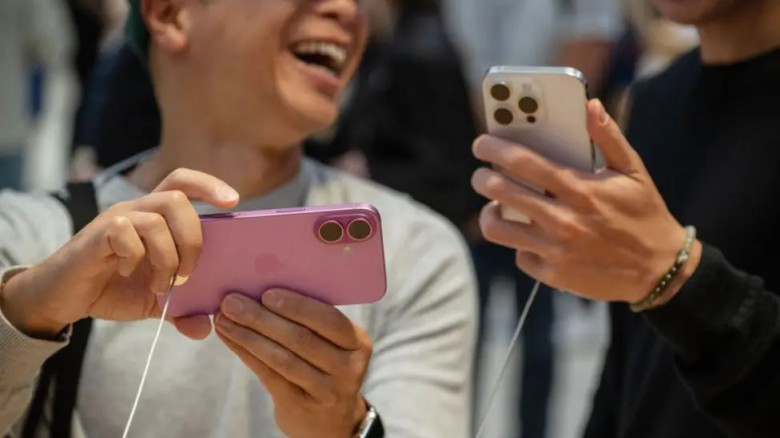
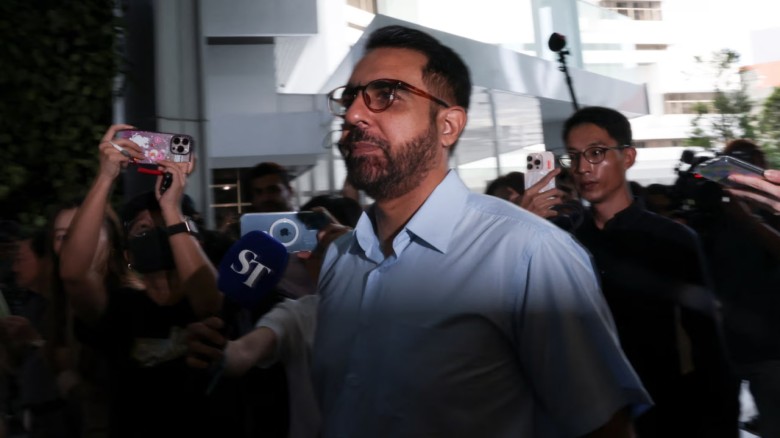

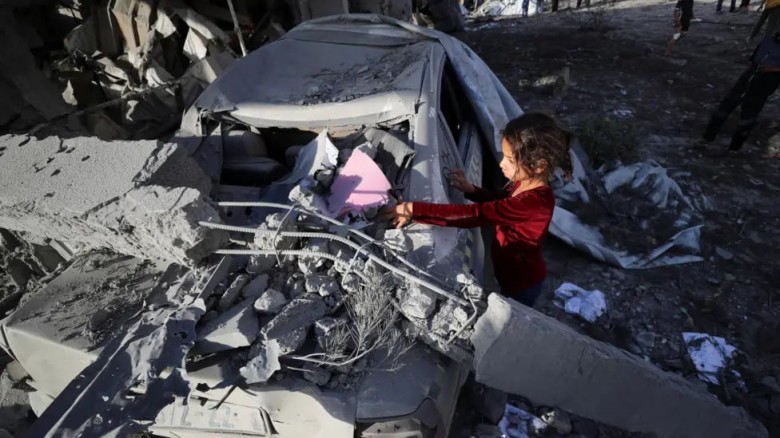
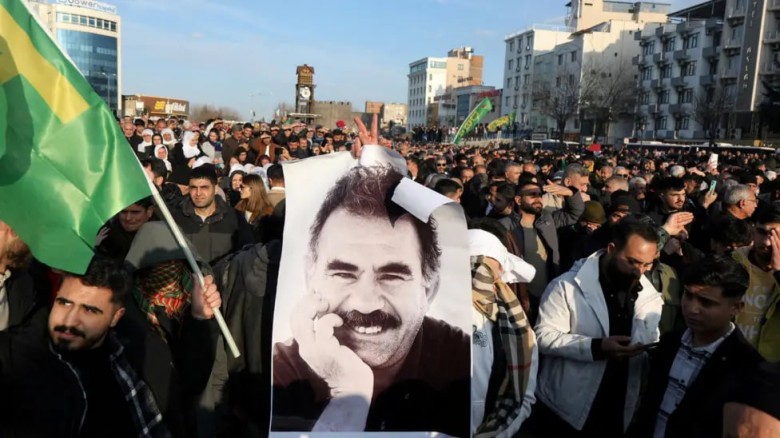
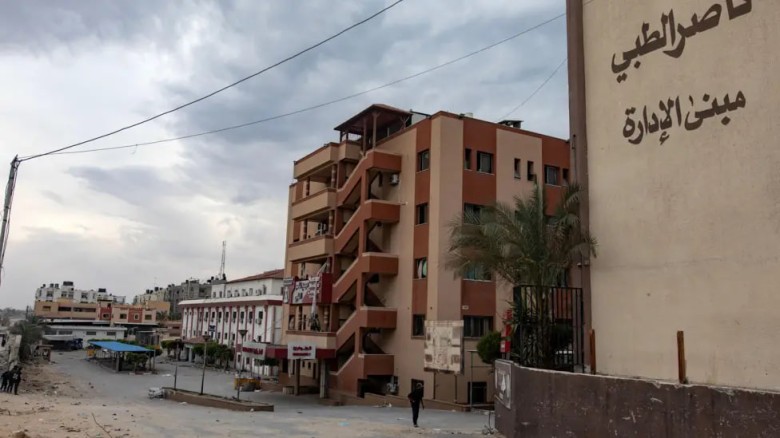
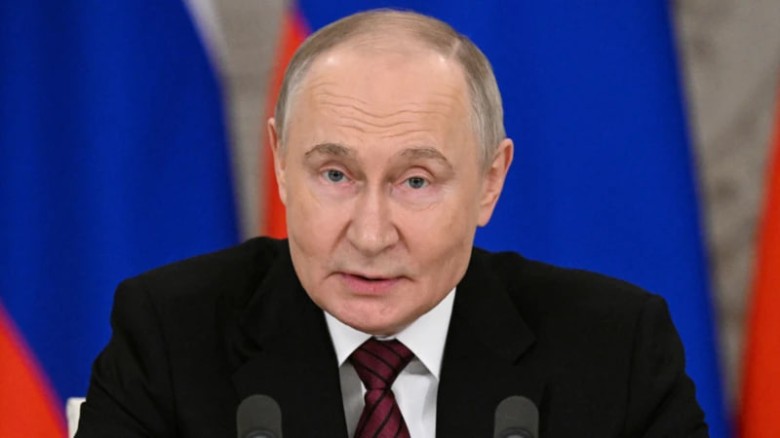
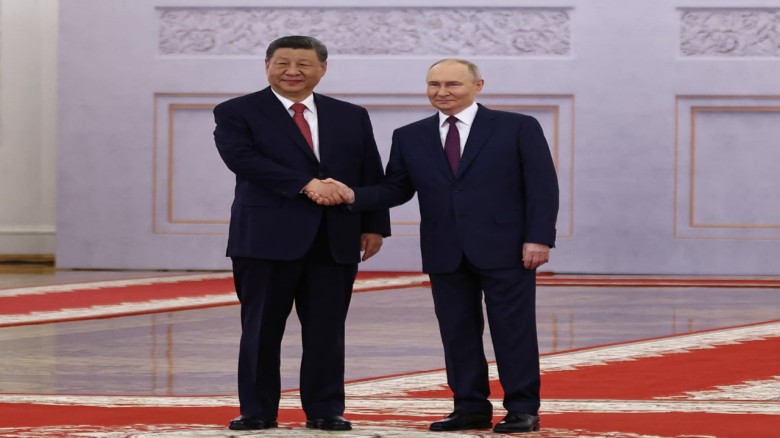
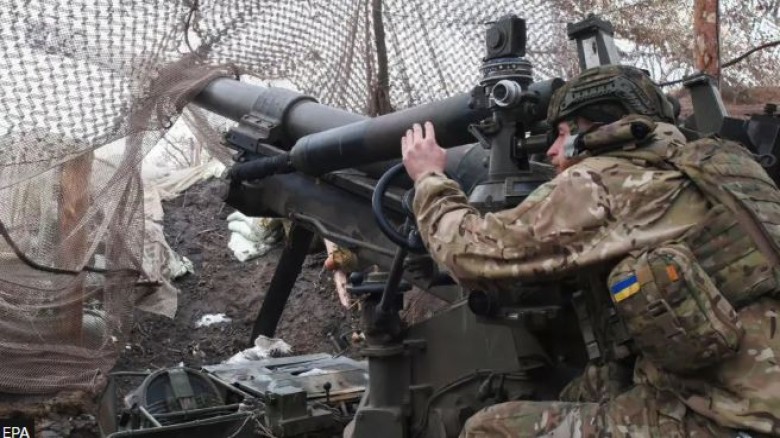
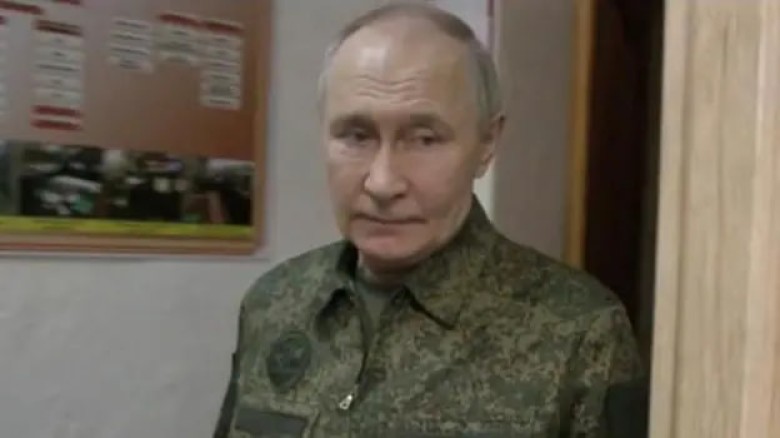
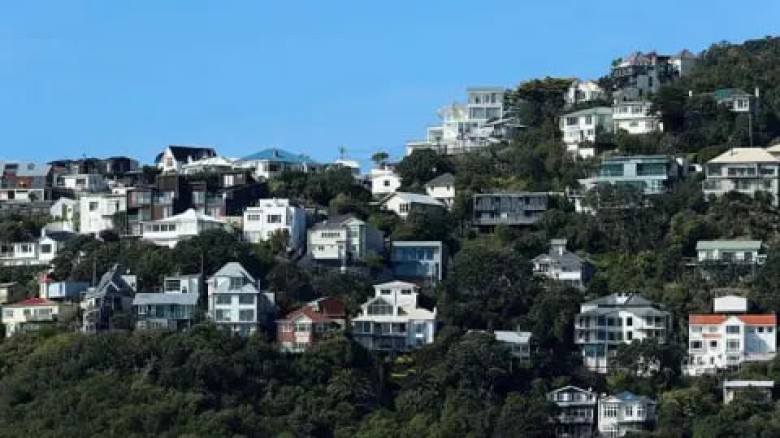
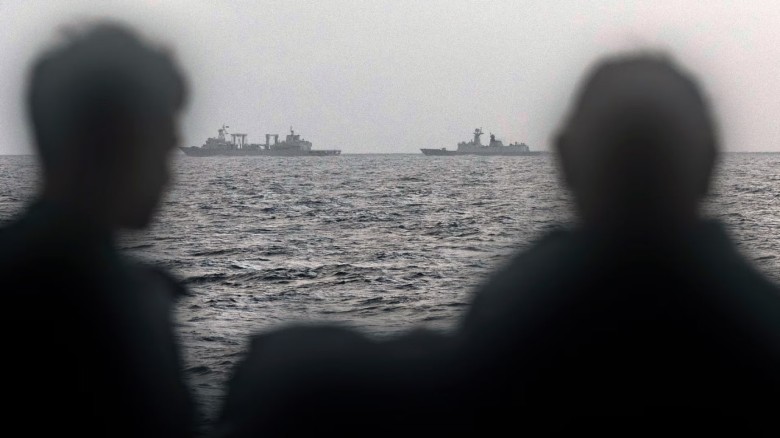
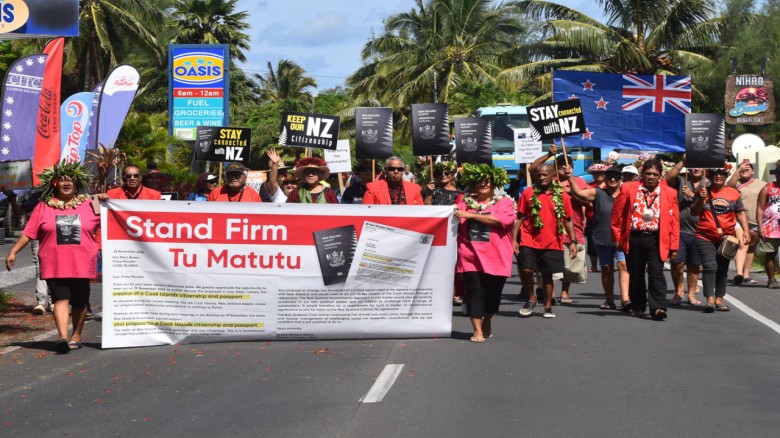
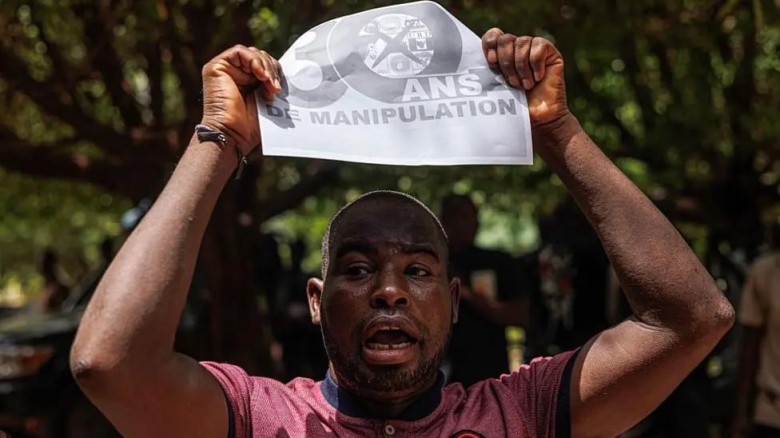


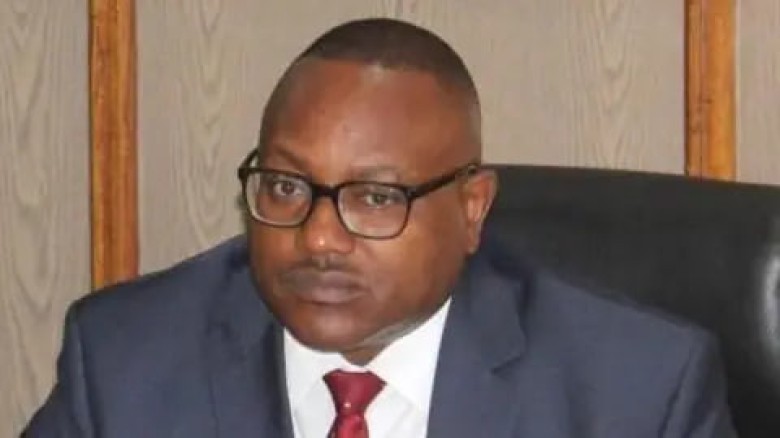
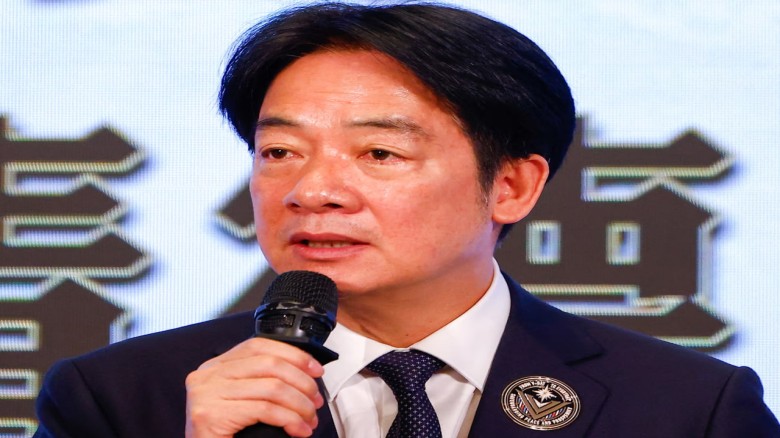
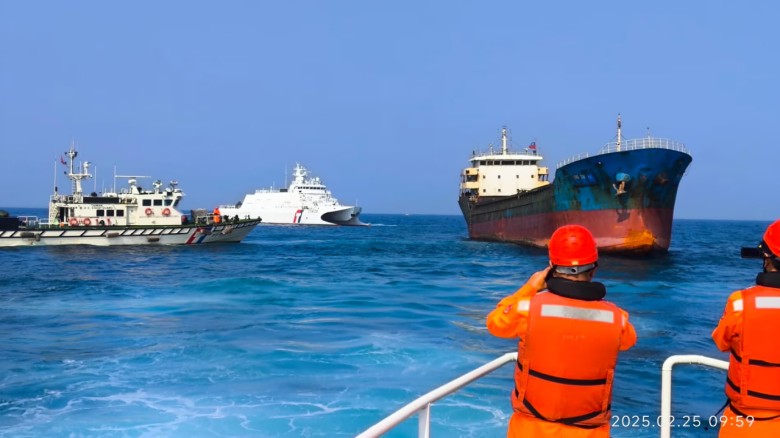
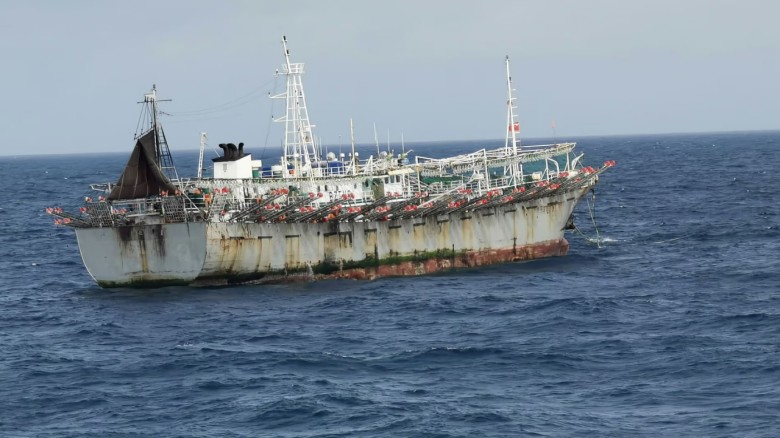

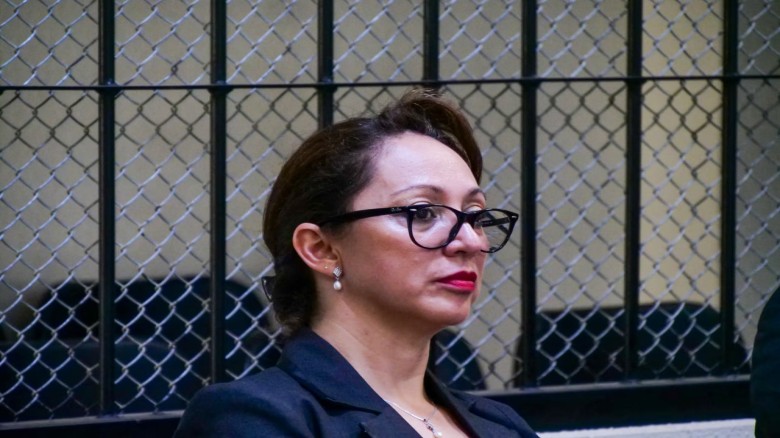





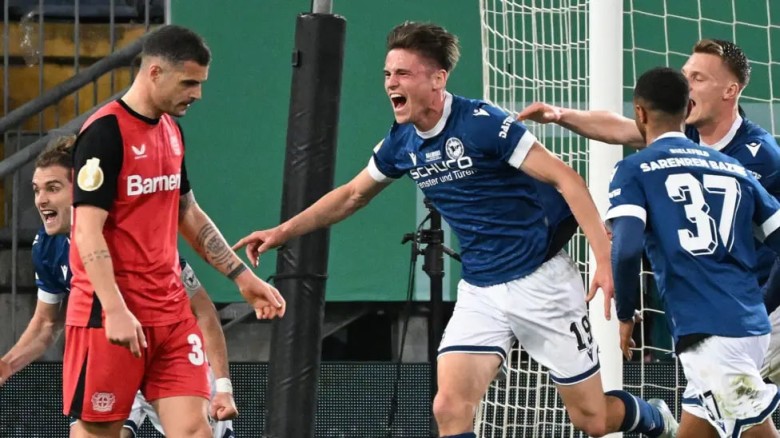
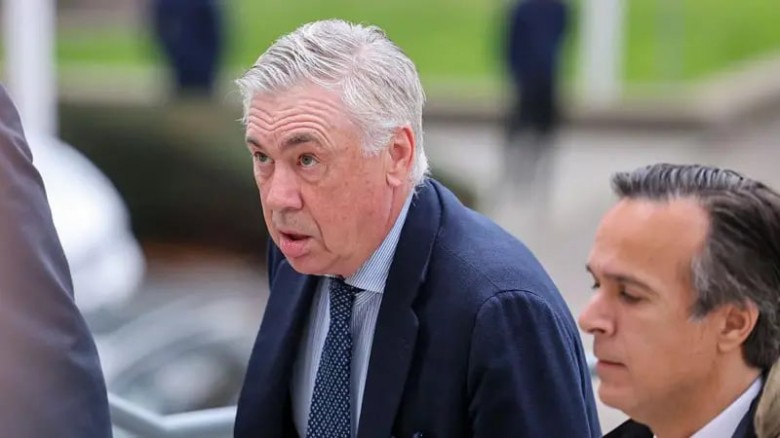







Leave A Comment